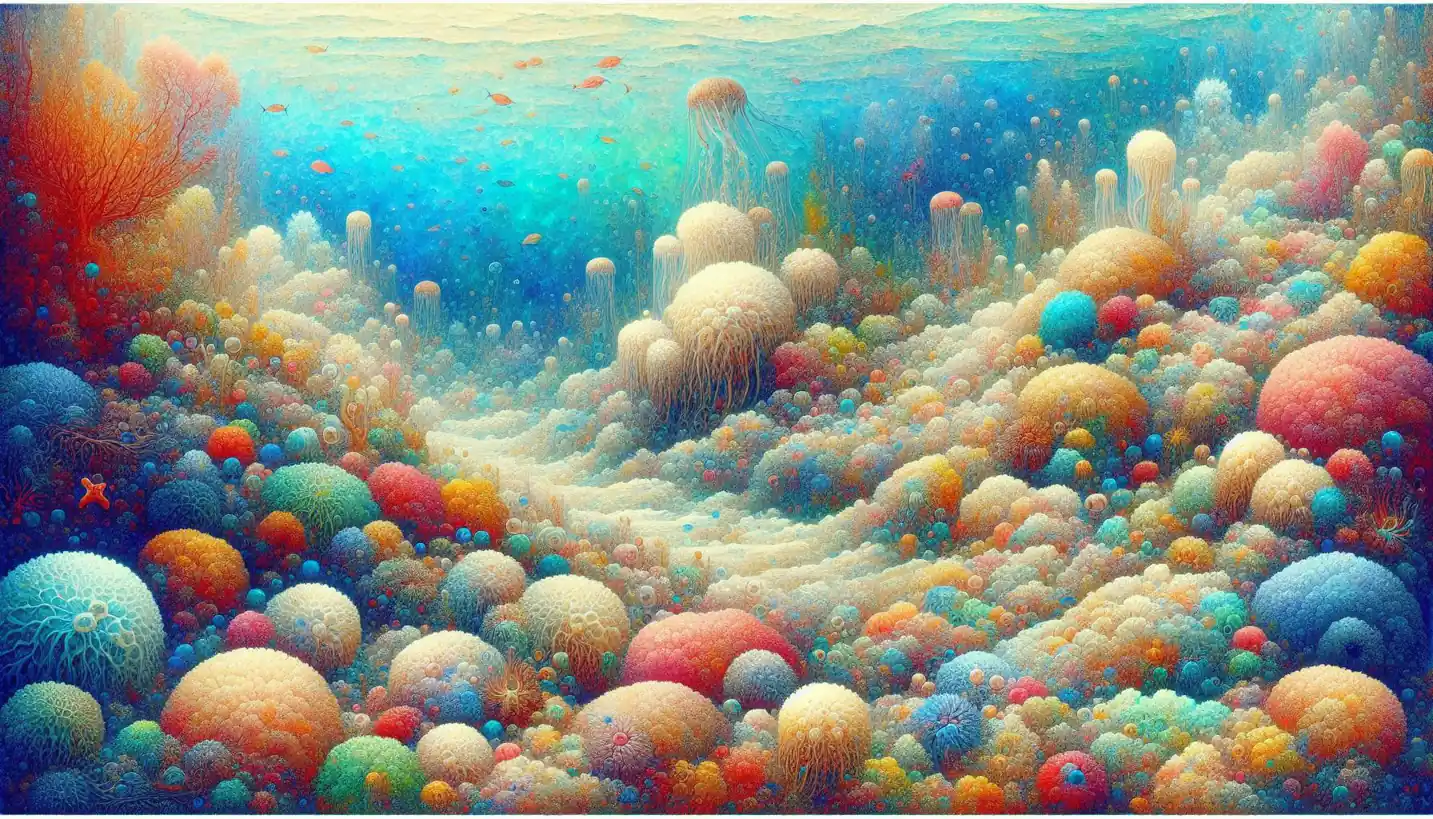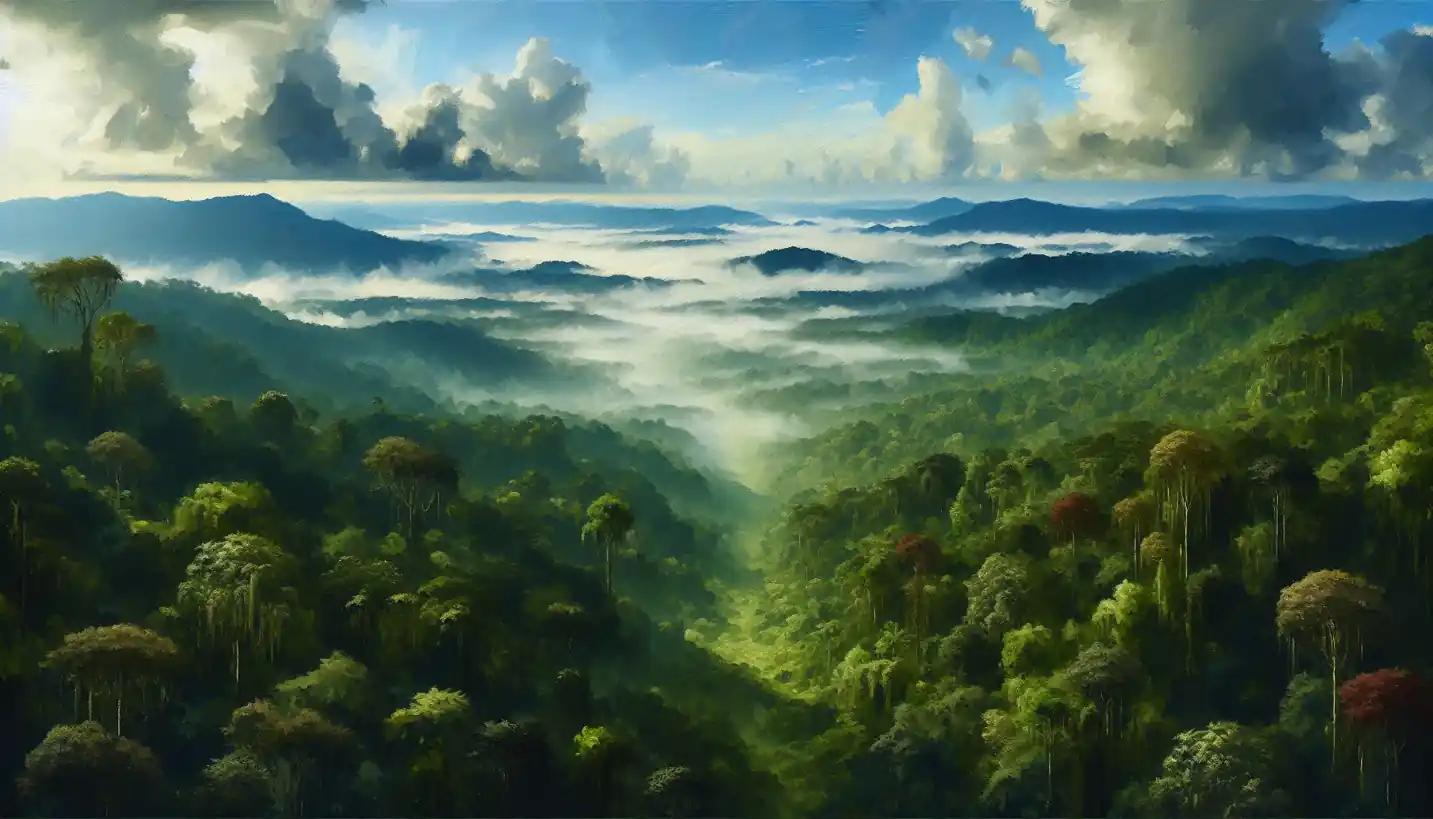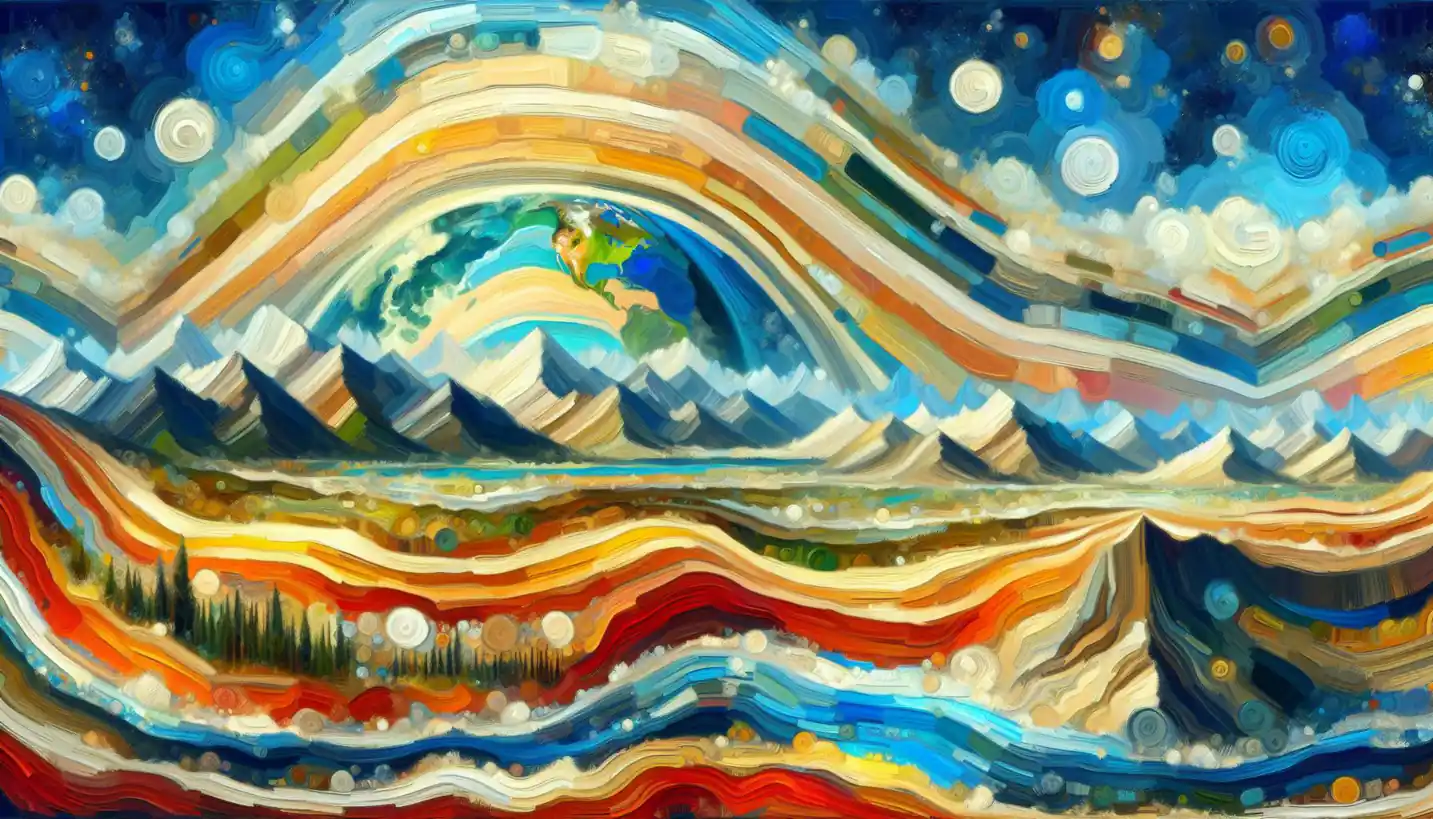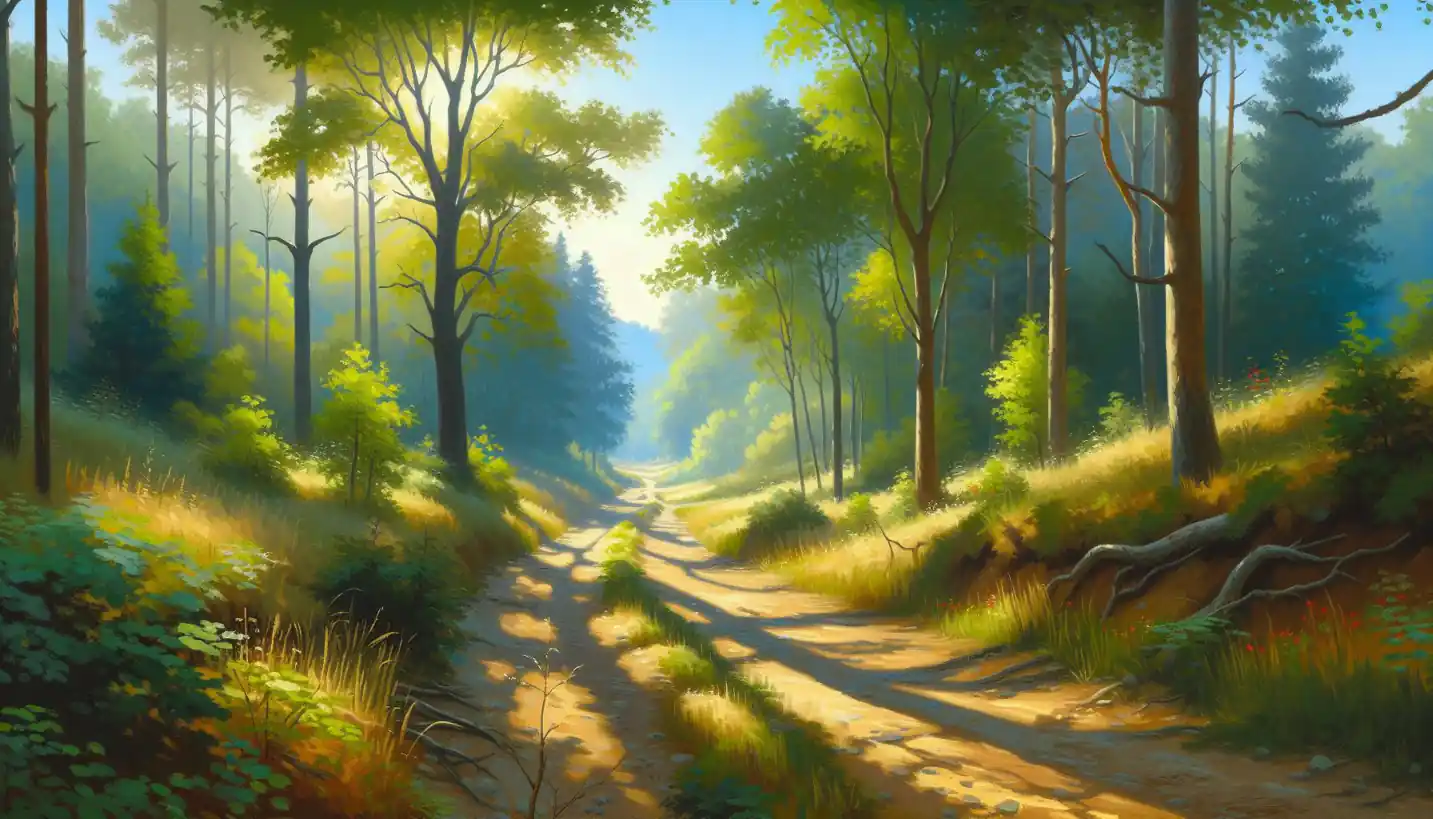· Earth Science · 5 min read
Coastal Erosion: Nature's Relentless Sculptor
Fetch defines the distance wind travels over open water, influencing coastal erosion. Learn how this invisible force sculpts our coastal landscapes.

Whenever you visit the beach, you might not notice the slow and steady dance happening between the sea and the land. This dance, known as coastal erosion, is a fascinating natural process in coastal geology that shapes our shorelines over time. It’s like Mother Nature’s way of creating beautiful, ever-changing works of art along the coast.
Coastal erosion occurs when waves, wind, and tides gradually wear away the land. Imagine waves as the artist’s brush, carving and sculpting as they crash against the shore. Over time, this process can cause significant changes to the landscape, turning cliffs into sandy beaches or creating dramatic rock formations.
How Coastal Erosion Works
Coastal erosion is powered by several key forces: wave action, tidal movements, and wind. Waves generated by the wind far out in the ocean travel toward the shore, gaining energy and momentum. When they reach the coast, they unleash this energy, chipping away at rocks and sediment.
Wind also plays a crucial role. It carries sand and small particles, further sculpting the land. Strong winds can strip away loose sand from dunes, creating new patterns and formations. This constant movement of materials is what makes coastal landscapes so dynamic and ever-changing.
The Role of Waves
Think of waves as the chisels in the sculptor’s toolkit. They are responsible for the most visible effects of coastal erosion. When waves hit the shore, they exert pressure on rocks and sediments. Over time, this pressure can break apart rocks, wearing them down and transporting the fragments elsewhere. In a way, waves are both destructive and creative; they take away land in one place but deposit it somewhere else, forming new beaches and shoals.
Tides and Their Influence
Tides are like the heartbeat of the ocean, rising and falling in a regular rhythm. They influence erosion by determining how high waves can reach. During high tide, waves can attack cliffs and bring more energy inland, accelerating erosion. Conversely, low tides expose larger areas of the shore to wind erosion. This interplay between tides and waves is crucial to understanding how coastal landscapes evolve.
Human Impact on Coastal Erosion
While coastal erosion is a natural process, human activity can significantly accelerate it. Building structures like seawalls, jetties, and groynes aim to protect properties from erosion but can have unintended consequences. These structures often interfere with natural sediment movement, leading to increased erosion elsewhere.
Additionally, climate change poses a significant threat to coastal areas. Rising sea levels and more frequent storms can lead to accelerated erosion, threatening ecosystems and human settlements along the coast. It’s a reminder of how interconnected our actions are with the natural world.
Mitigating Coastal Erosion
Faced with the challenges of coastal erosion, scientists and engineers are exploring ways to manage it sustainably. One approach is beach nourishment, where sand is added to eroding beaches to restore their size and protect the land behind them. This method attempts to work with nature, rather than against it.
Another strategy involves creating living shorelines using natural elements like plants and oyster reefs. These eco-friendly solutions help stabilize the coast by reducing wave energy and encouraging sediment deposition. By mimicking natural processes, they provide protection while promoting biodiversity and healthy ecosystems.
The Future of Coastal Landscapes
As we move into the future, understanding and managing coastal erosion becomes increasingly important. With growing populations and expanding urban areas near coastlines, the need to balance development and environmental preservation is critical. Scientists continue to study coastal processes to improve predictions and create effective management strategies.
Coastal erosion isn’t just a local issue; it’s a global challenge. Many communities worldwide are grappling with its impacts, from the Pacific Islands to the Atlantic coasts. By learning from each other and sharing knowledge, we can develop innovative solutions to protect our shores and the people who live there.
The Beauty in Change
There’s something deeply captivating about the ever-changing nature of coastlines. Though coastal erosion can cause problems for humans, it’s also a testament to the power and beauty of natural forces at work. The dramatic cliffs of Ireland, the rolling dunes of the Sahara, and the serene beaches of the Caribbean are all products of erosion.
In a sense, coastal erosion allows us to witness geology in action. It tells the story of our planet’s history through each grain of sand and rock formation. The intricate shapes carved by the ocean’s hand remind us of the world’s constantly shifting nature, encouraging us to appreciate and protect these incredible landscapes.
Even as erosion reshapes the land, it provides us with opportunities to explore and understand the interconnectedness of the earth’s systems. Who knows what new wonders future generations might discover as these natural forces continue their work?
By embracing the challenges of coastal erosion with respect and curiosity, we open the door to a sustainable future where people and nature coexist harmoniously. It’s a powerful reminder that sometimes, the most profound beauty lies in the process of change itself.


